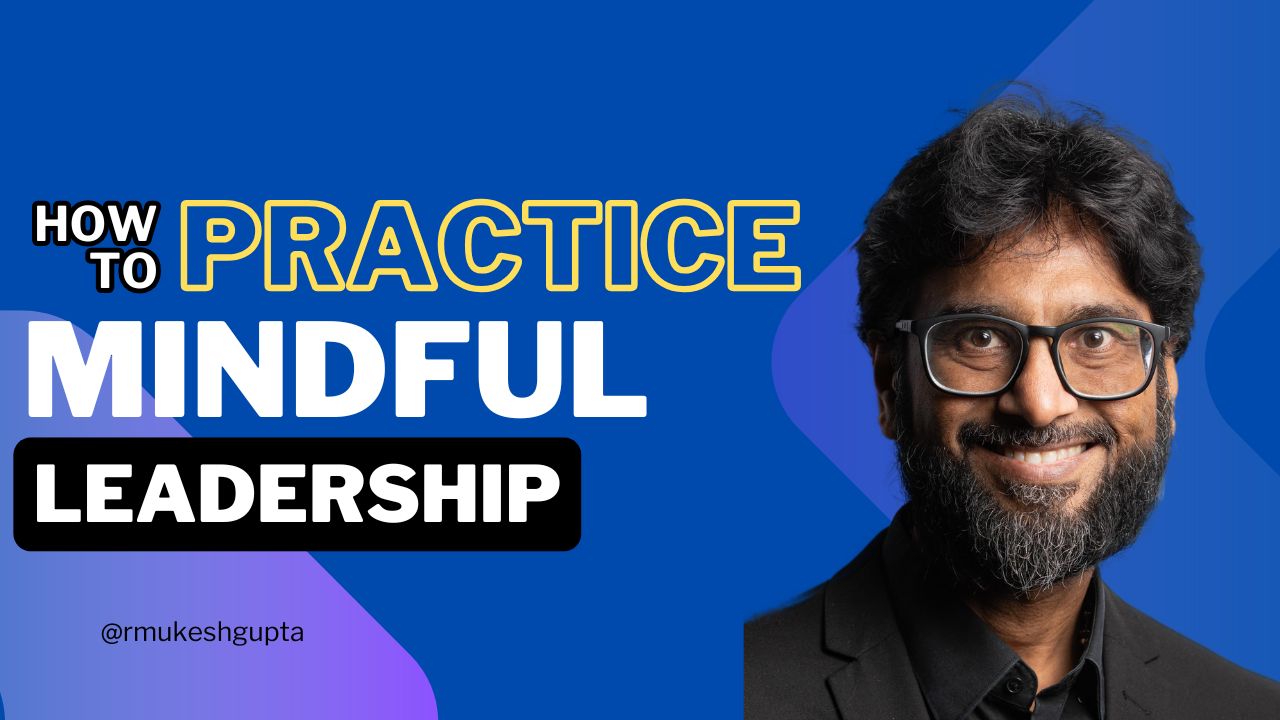
Premise
As leaders, we can only be effective if those we lead actually listen to us and our ideas. Irrespective of where we are working, if we want to succeed, we need to be able to share our ideas, thoughts and comments in a way that gets listened and appreciated.
So, in the upcoming series of blog posts, we will explore the idea and importance of effective communication. Let’s begin with the fundamentals.
1. Listen well
Before we can expect anyone else to listen to what we have to offer, they need to feel that they were seen and heard. Unless that happens, we can force people to hear us, if we have authority over them, but can’t make them listen to what we say or follow us on our mission. So, we need to learn to listen well.
2. Ask for attention
When we are about to share something important that needs focus and attention from the listeners, it is best to ask them. for their complete attention. We may know how important what we are about to share is, they do not. So, ask for their attention before we begin.
3. Build Trust
As the ,maxim goes, The best time to dig a well was much before we need water. The next best time to dig one is right now. Trust is also the same. We need to build trust much before we need it . The next best time to start building trust is now. We listen much better to people we trust than those whom we do not. So, start building trust now.
The best first step is to start trusting the people around you. Give them the benefit of doubt. People are usually very good at reciprocating what they get. They also are very quick to smell any intent to manipulate. So, be genuine in giving your trust and you will be surprised by how easily you are trusted.
4. Be intentional
Good communicators understand the importance of knowing what we are communicating, why and what is the response they want to get as a result of the communication. Some times it is better to communicate through stories and sometime to be crisp and to the point. Knowing when to use which form of communication is a sign of mastery.
5. Rules of thumb
Some rules of thumb when it comes to getting people to listen to us. We share and own our perspective. We use first person (“I”, “Me”, etc) when sharing our opinion. Own our feelings and share them and be vulnerable without being needy. Repeat in your own words what you understood by listening to other’s perspective. Use “Yes And” instead of “But” which leads to acceptance instead of conflict.
6. How fascinating
When things change and you get a strong push back, instead of defending, become curious by asking the question – “How fascinating. Can you tell me more?” This will immediately shift the tempo and the temper of the conversation. It will help you be curious and centered leading to much better outcomes.
7. Body Language
What we say is only part of the communication package. How we say it is equally or sometimes more important. Seeing and acknowledging the body language of the listener is equally important. If you think there is resistance, bring it up so that we clear up any confusion right there and then.
Conclusion
In conclusion, I will only say that communication is another form of dance. Everyone involved in the communication needs to be present, in sync and responding to each other’s movements and allow the beauty emerge. Making sure that people listen to what we have to say is as much our responsibility as it is theirs. So, let’s own it and be intentional about it.


